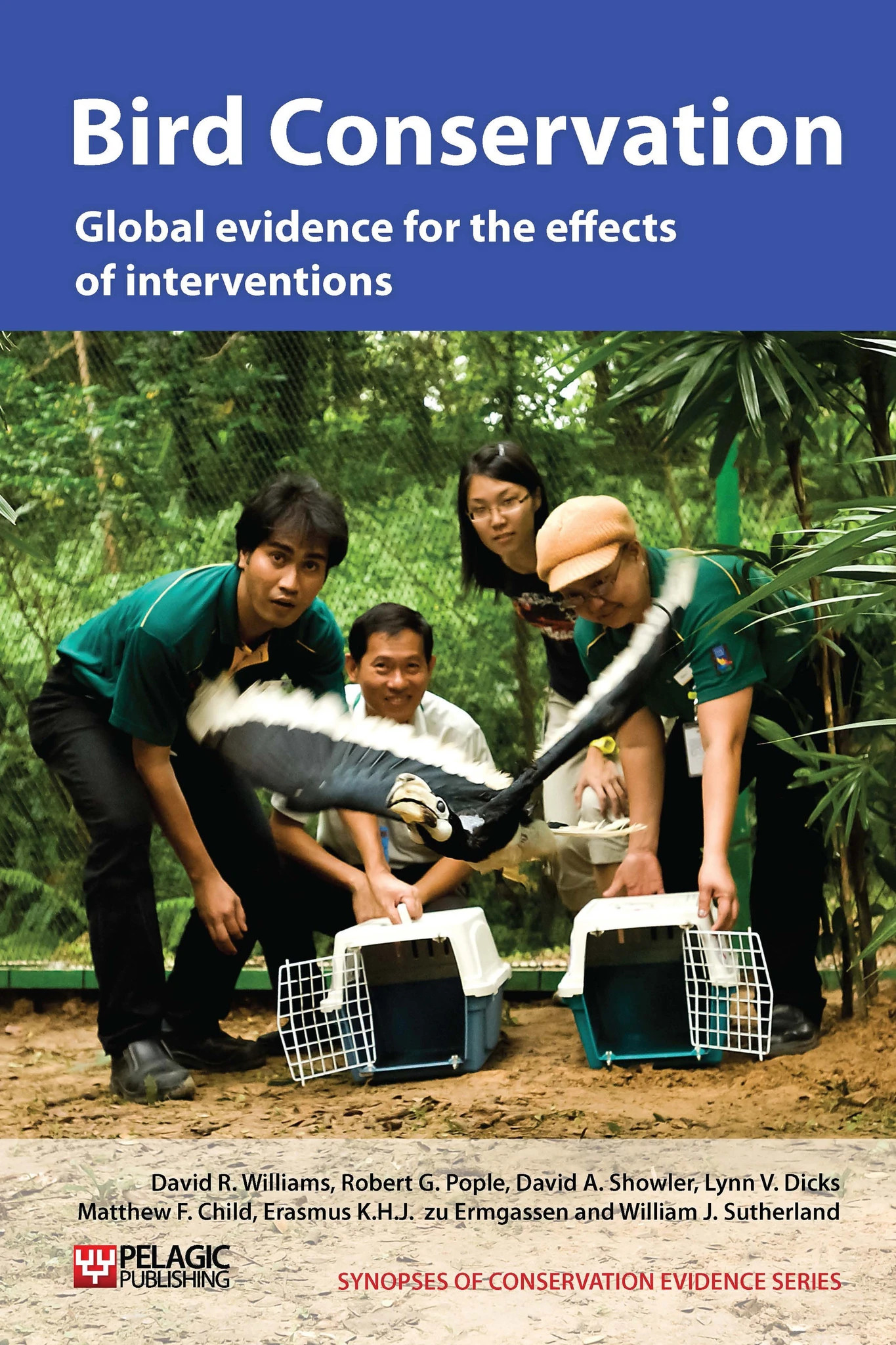Foster eggs or chicks of vultures with wild conspecifics
-
Overall effectiveness category Unknown effectiveness (limited evidence)
-
Number of studies: 2
View assessment score
Hide assessment score
How is the evidence assessed?
-
Effectiveness
30% -
Certainty
15% -
Harms
41%
Study locations
Supporting evidence from individual studies
A small study on a farm in North Carolina, USA, in June 1975 (Stewart 1983) found that transferring a 35-40 day-old (American) black vulture Coragyps atratus chick from a nest that was about to be destroyed to a nest containing two 30-35 day-old chicks led to the successful rearing of the fostered chick. However, the smaller of the two chicks originally in the nest was neglected by its parents and died soon after the foster chick was introduced. No data on the fledging success or subsequent survival of the surviving chicks is provided.
Study and other actions testedA small study on Sicily, Italy (Di Vittorio et al. 2006), found that a captive-bred Egyptian vulture Neophron percopterus chick fostered into a wild nest in July 2003 was accepted by the foster parents and their two chicks and fledged successfully when approximately 90 days old. The chick was placed in the nest when 60 days old and competed successfully for food. The parents were supplied with supplementary food to ensure that the burden of feeding three chicks was not excessive (vultures tend to raise one or two chicks).
Study and other actions tested
Where has this evidence come from?
List of journals searched by synopsis
All the journals searched for all synopses
This Action forms part of the Action Synopsis:
Bird Conservation
Bird Conservation - Published 2013
Bird Synopsis





)_2023.JPG)














